Landscaping Problems That Hurt Home Value
Aside from unkempt and overgrown yards, there are a few other landscaping situations that are a turn-off to potential buyers. So, if you’re considering putting your home on the market, even it that could be a few years down the line, to consider some of the following:
A sloping backyard
From the front, a house on a hill can be quite inviting. But, a house with a sloping backyard is not a benefit to most home buyers, especially those with children. Families tend to. Look for a level yard that can accommodate a play set, barbecue, and more. And savvy buyers might even consider the erosion and potential drainage issues if the slope pitches toward the house. If your backyard has a steep slope, you may want to consider creating tiers or terraces.
A Rotting Deck or Patio
While a nice deck or patio can raise the value of your home, one that is in disrepair is unattractive and unsafe. Whether rotting wood, or cracked concrete, plan to update this feature before putting your home on the market.
A Plain Yard
A landscape that is too spare is simply uninviting. Granted, not everyone has a green thumb, but if selling your home is in your future, it pays to put in foundation plantings, shrubs, and perhaps a tree or two to make your home complete both inside and out.
Seasonal Plantings
If you have a yard that is beautifully in bloom in spring and summer, but sparse in fall and winter, try diversifying your plantings so it will look good even if people are coming to see your home during colder temperatures. Evergreens and other shrubs are perfect solutions.
No Trees
As a rule, homebuyers do not like yards with only small plants and no trees. Consider planting at least one large tree to add interest and value to your home. When you buy a large tree from an experienced nursery like Augustine, we can deliver and plant it for you.
Ponds
While many love water features, some people view them as too costly and high maintenance. Even simple ponds can signify lots of work to some. If you have a pond on your property, do get a fountain for it. Circulation is key to keeping ugly algae away.
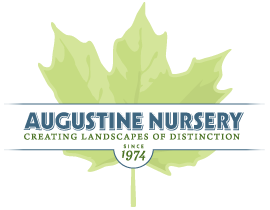
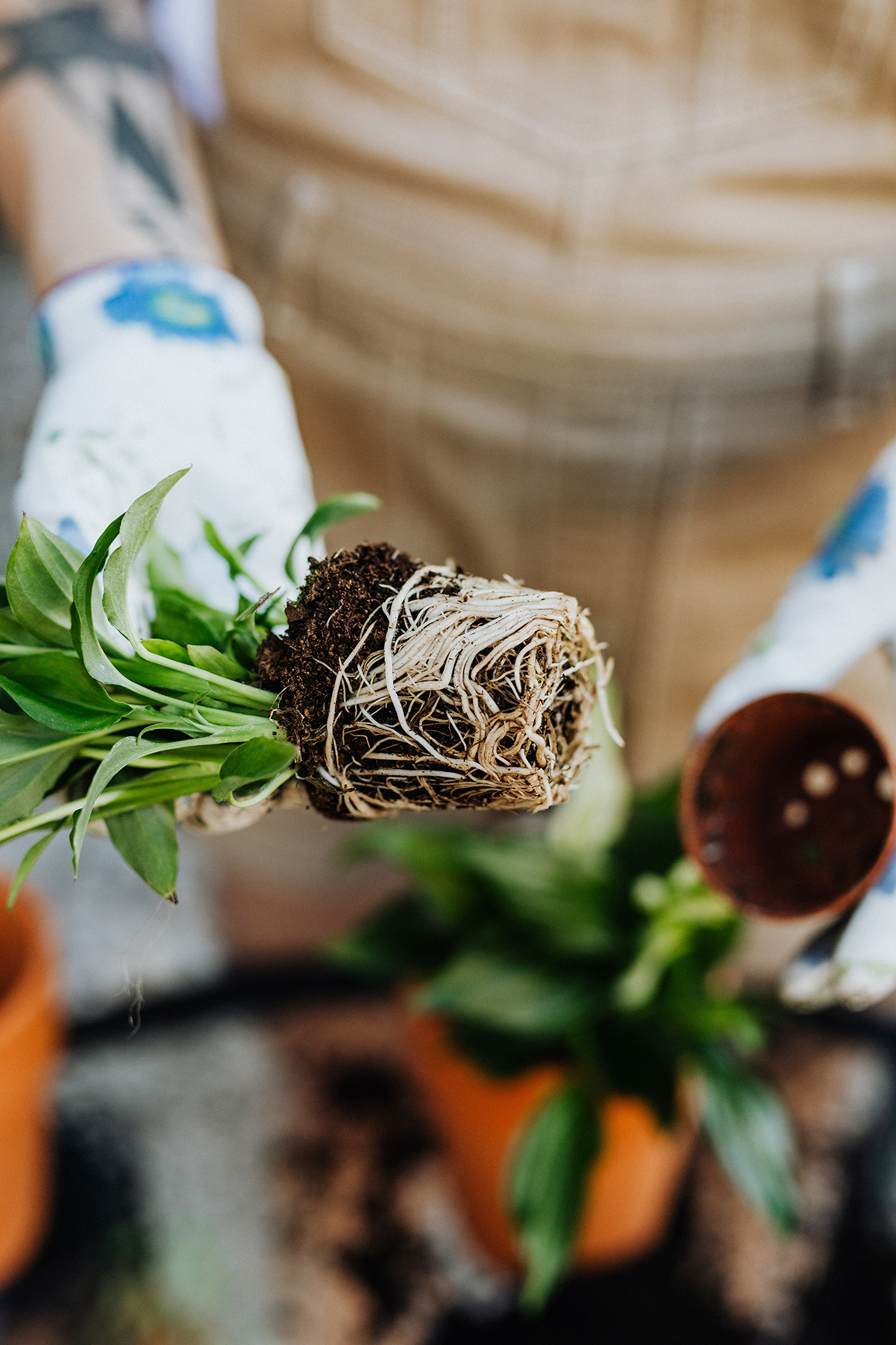 Tap-root systems have one main root with smaller roots branching off. They are deep roots and usually associated with young woody plants, nonwoody perennials, and root vegetables such as carrots and beets. Once these roots are established, they need more water, but less frequency. Plants with tap roots are also more difficult to transplant as the main tap root runs deep into the soil. For propagating, try using a cutting or the plants seeds instead of dividing.
Tap-root systems have one main root with smaller roots branching off. They are deep roots and usually associated with young woody plants, nonwoody perennials, and root vegetables such as carrots and beets. Once these roots are established, they need more water, but less frequency. Plants with tap roots are also more difficult to transplant as the main tap root runs deep into the soil. For propagating, try using a cutting or the plants seeds instead of dividing.


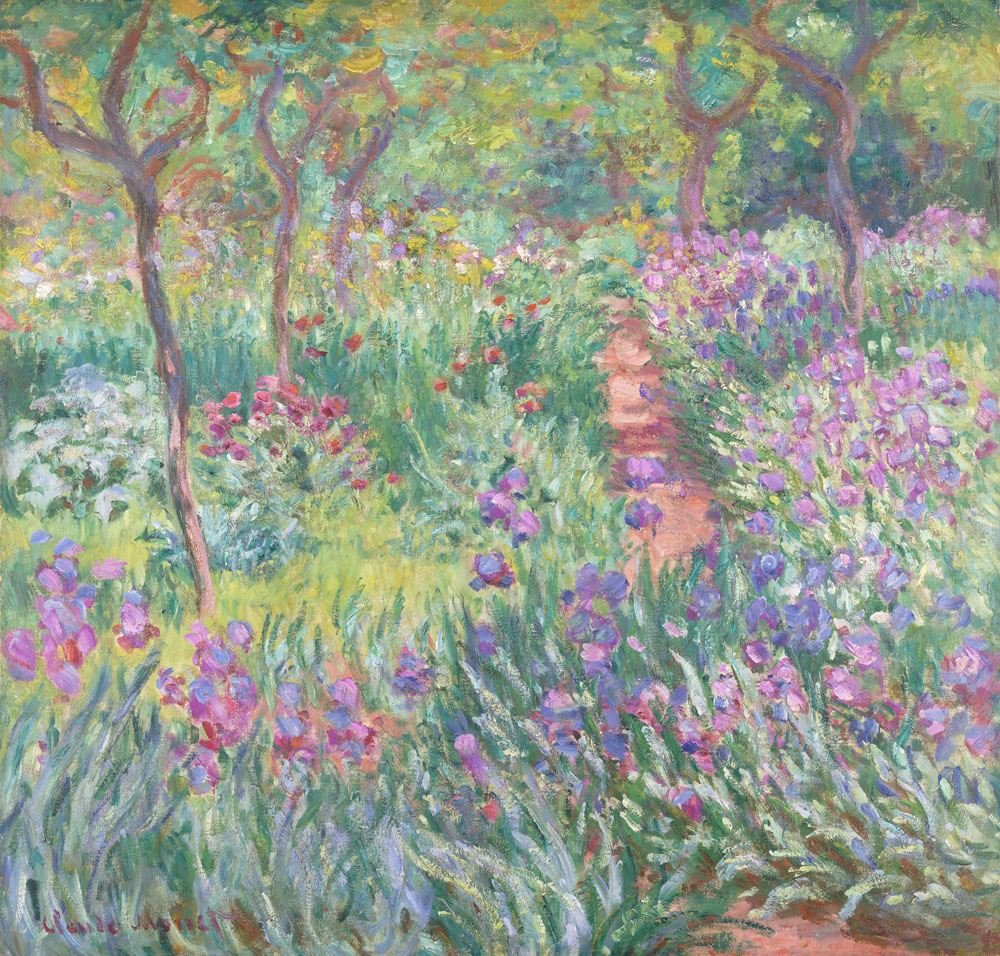
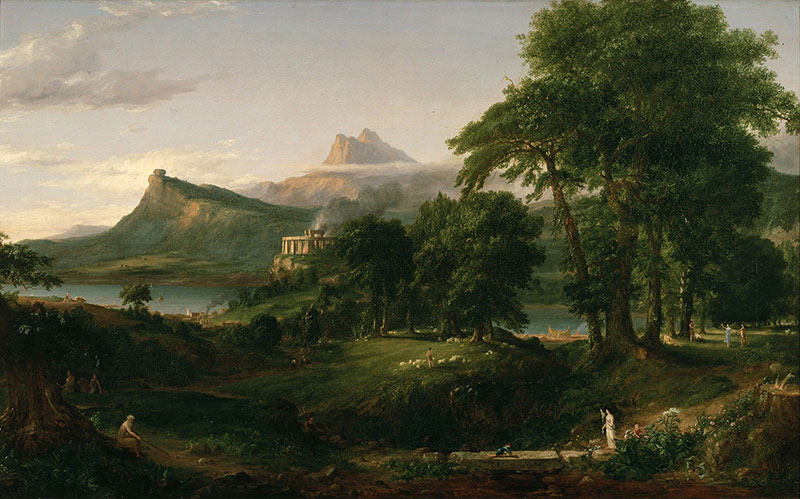


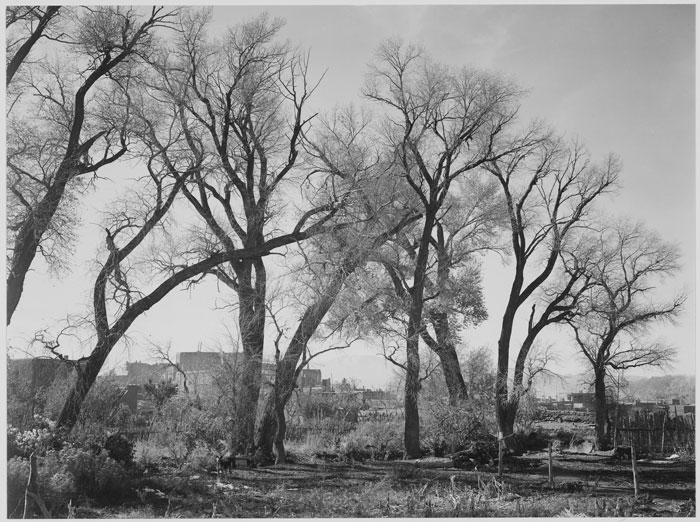
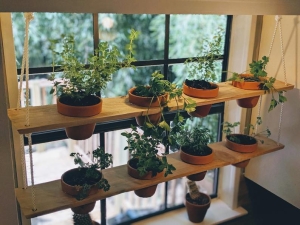 For many of us, December marks a time when outdoor landscaping and we
For many of us, December marks a time when outdoor landscaping and we